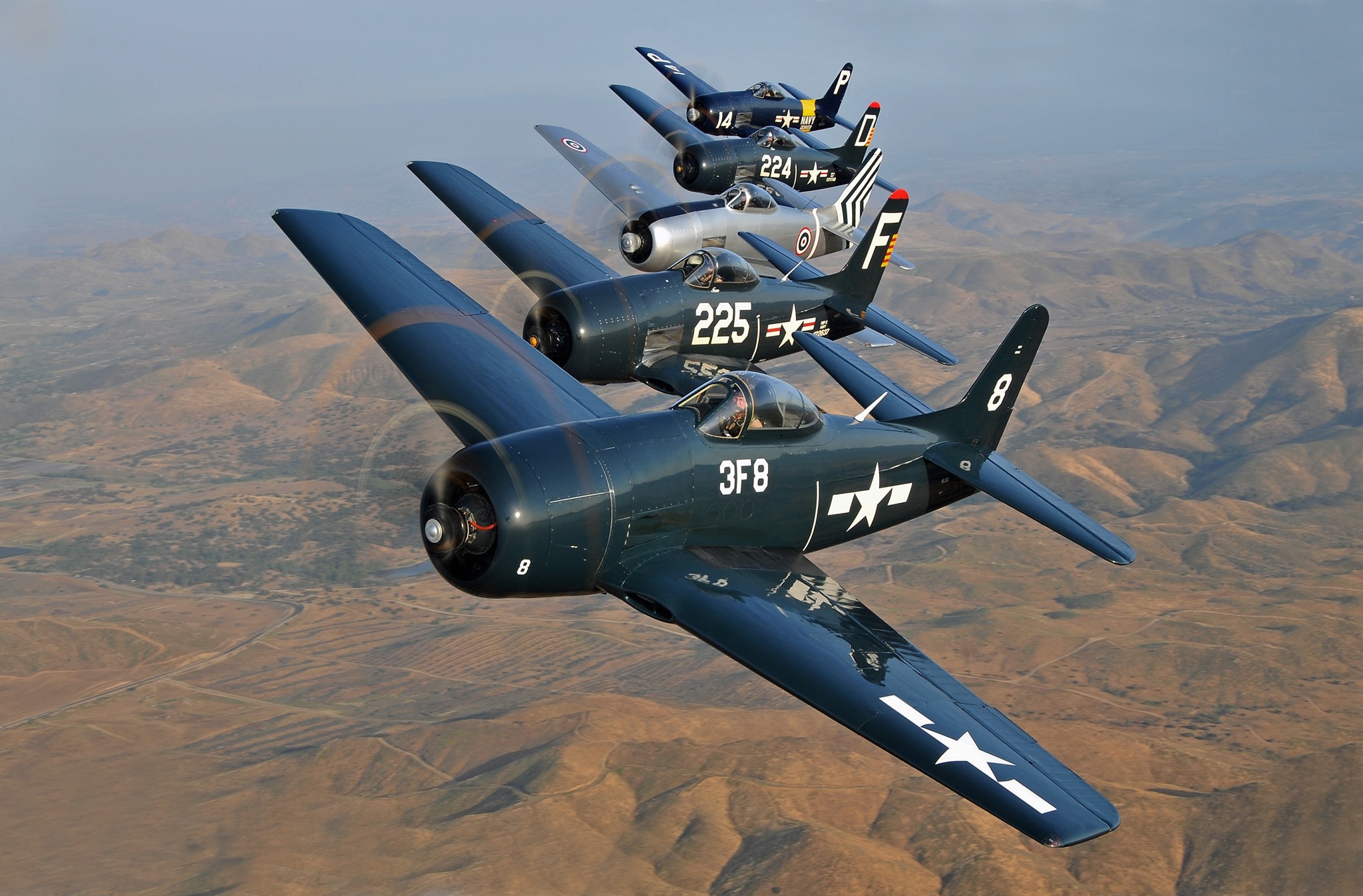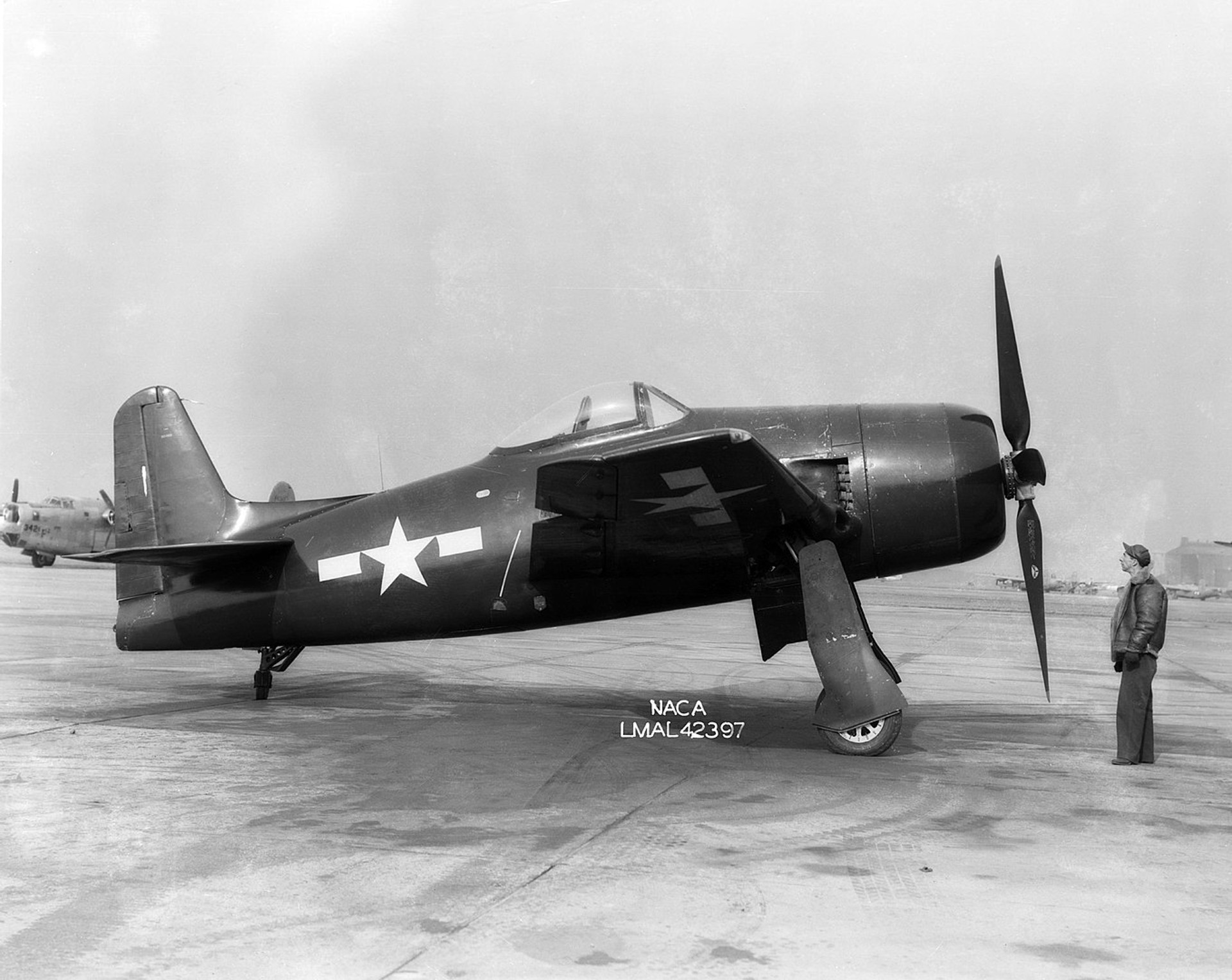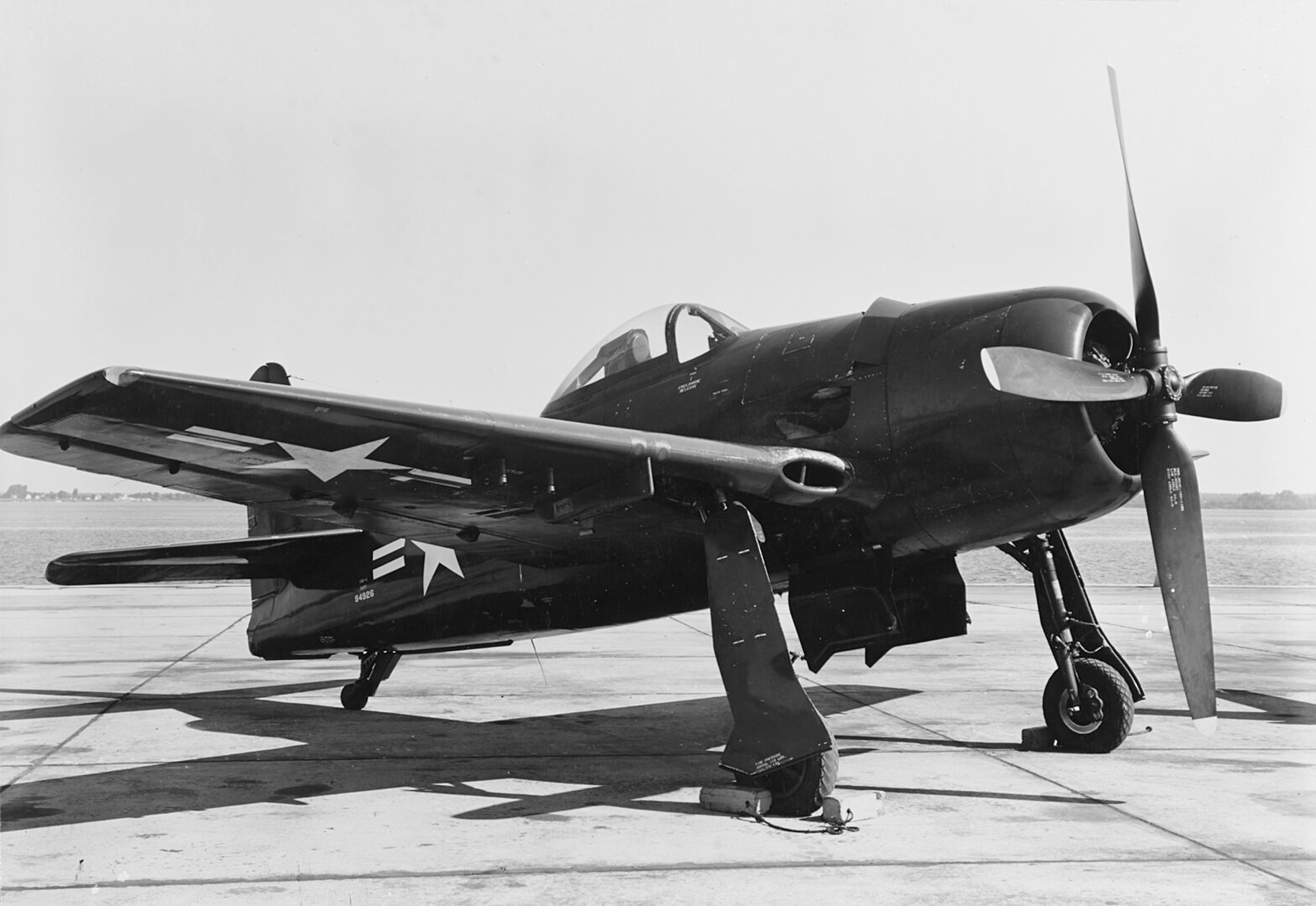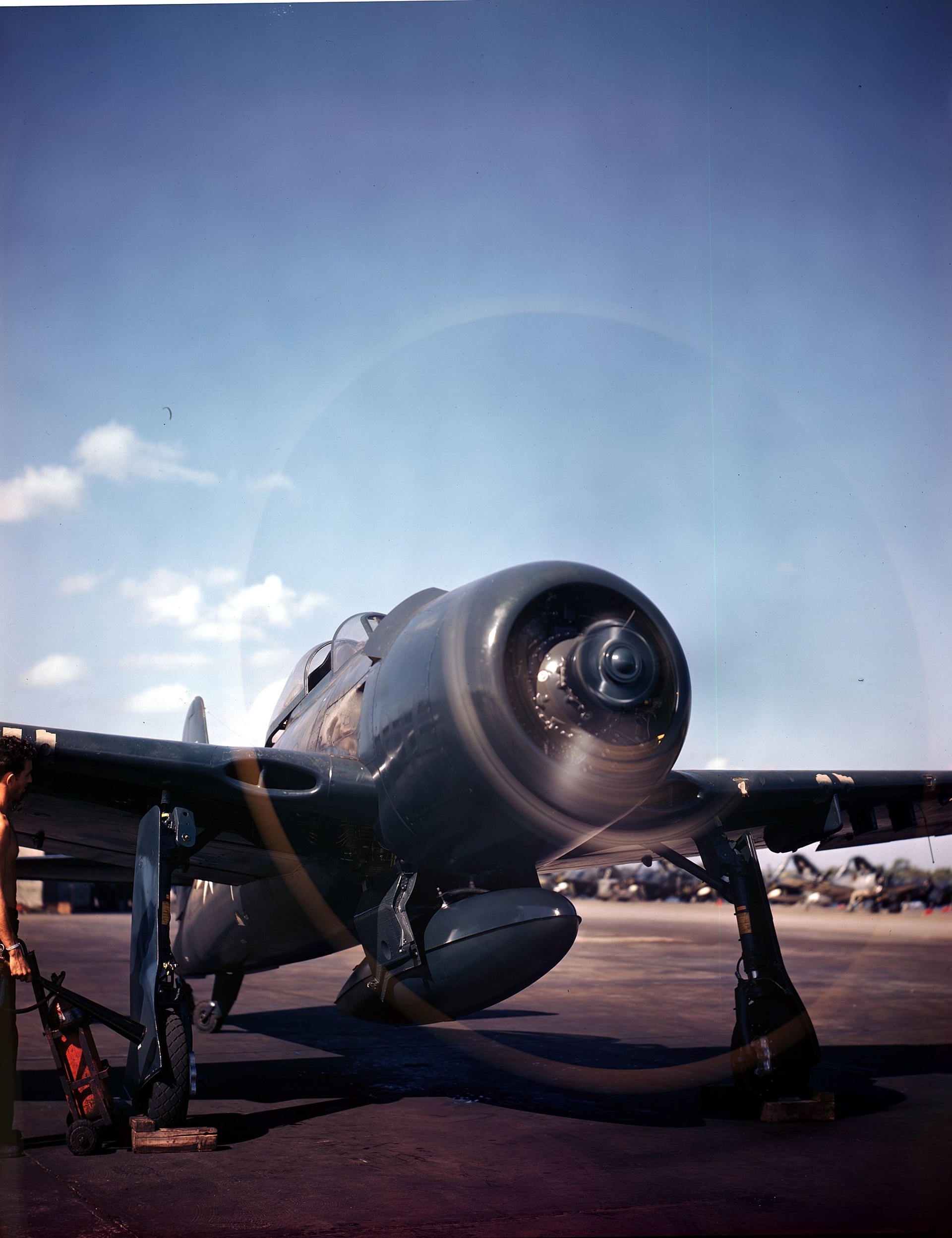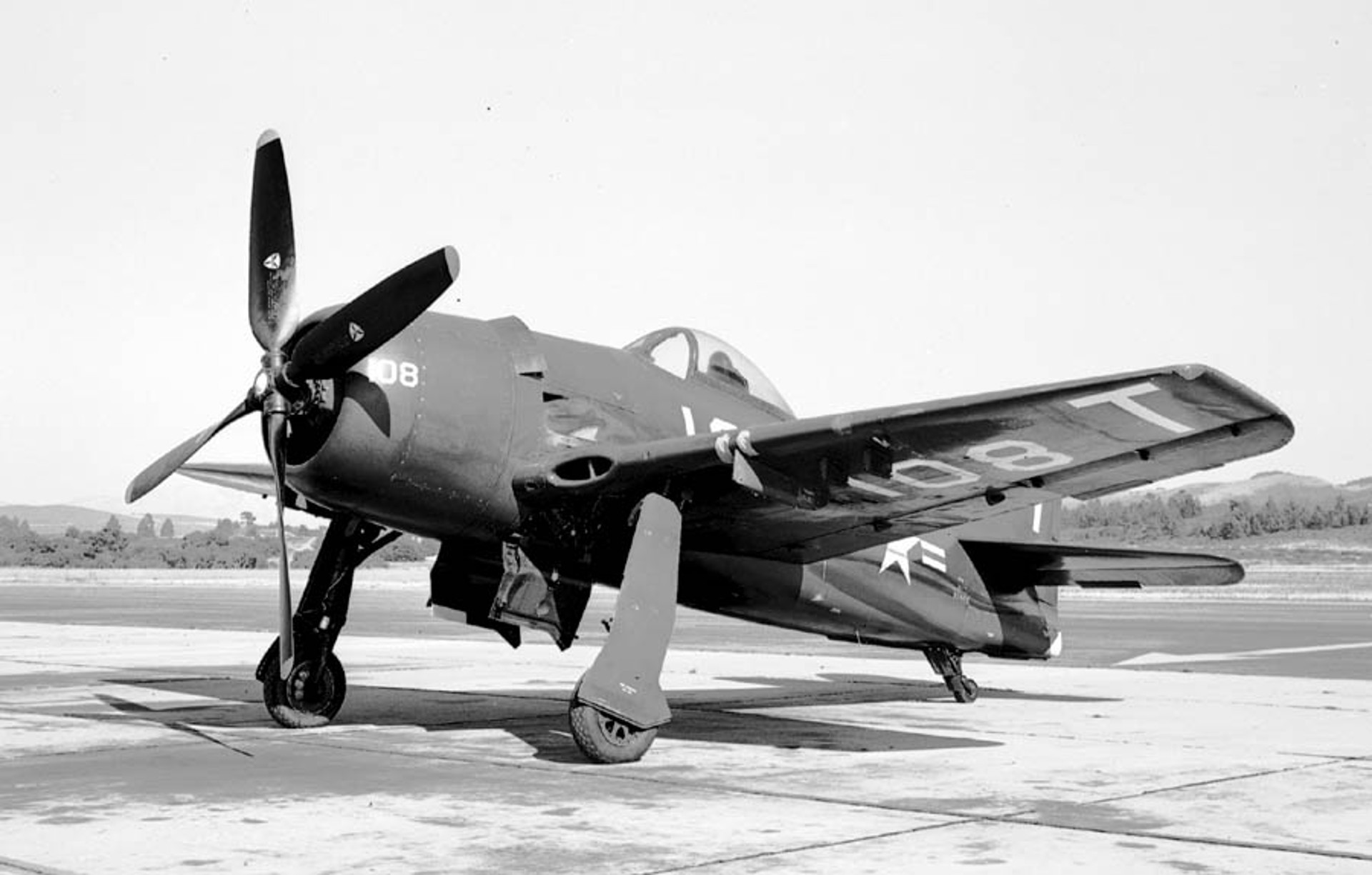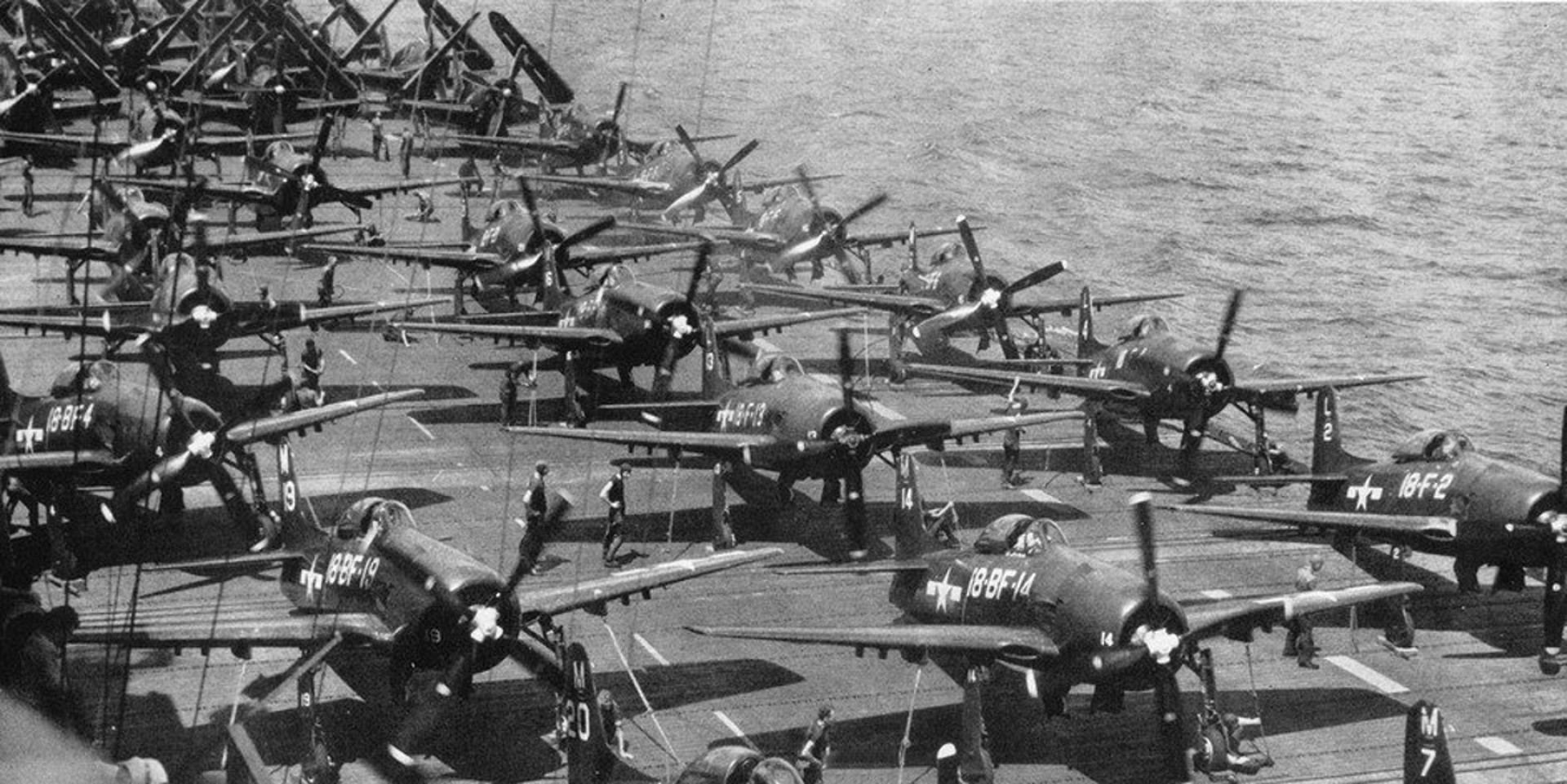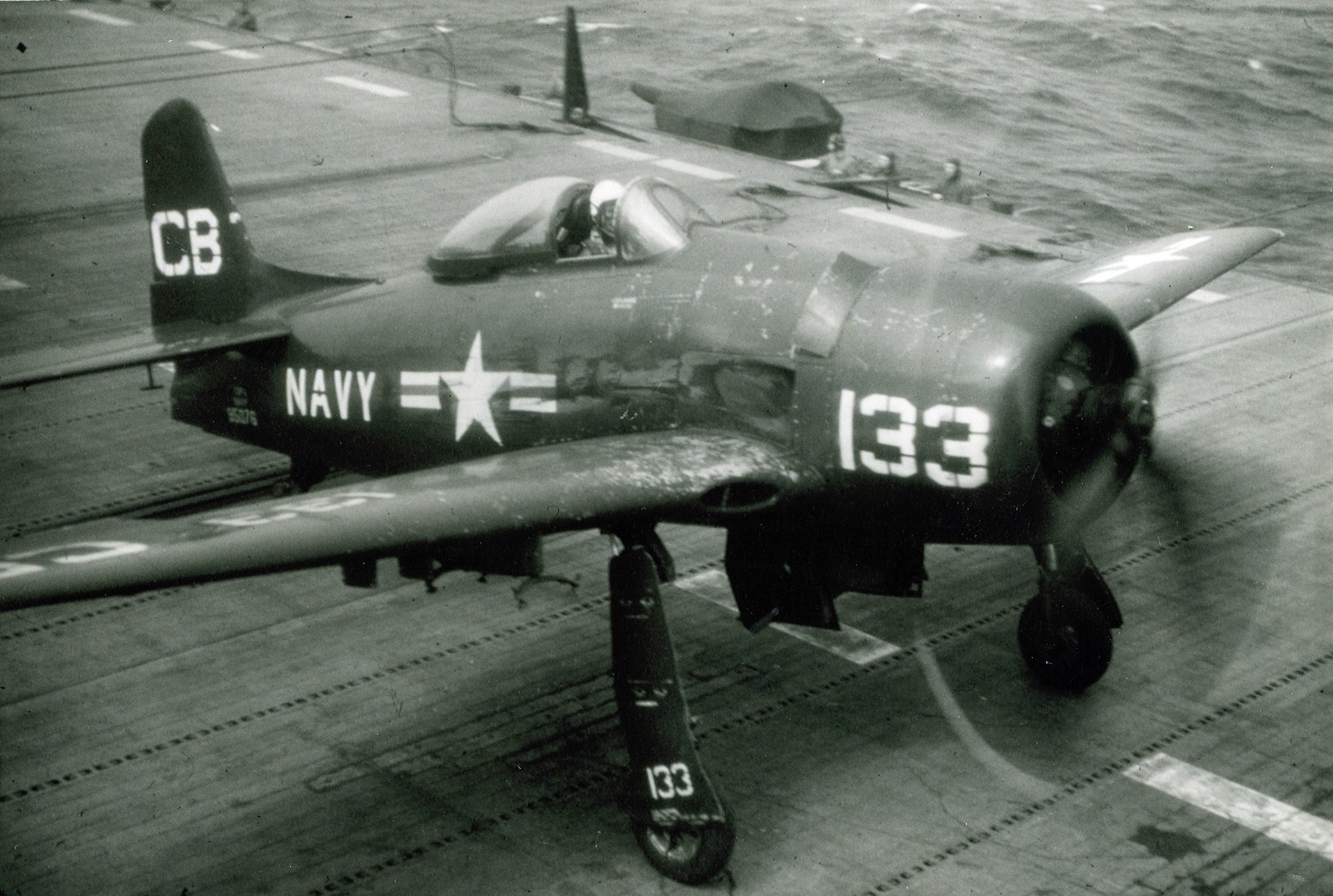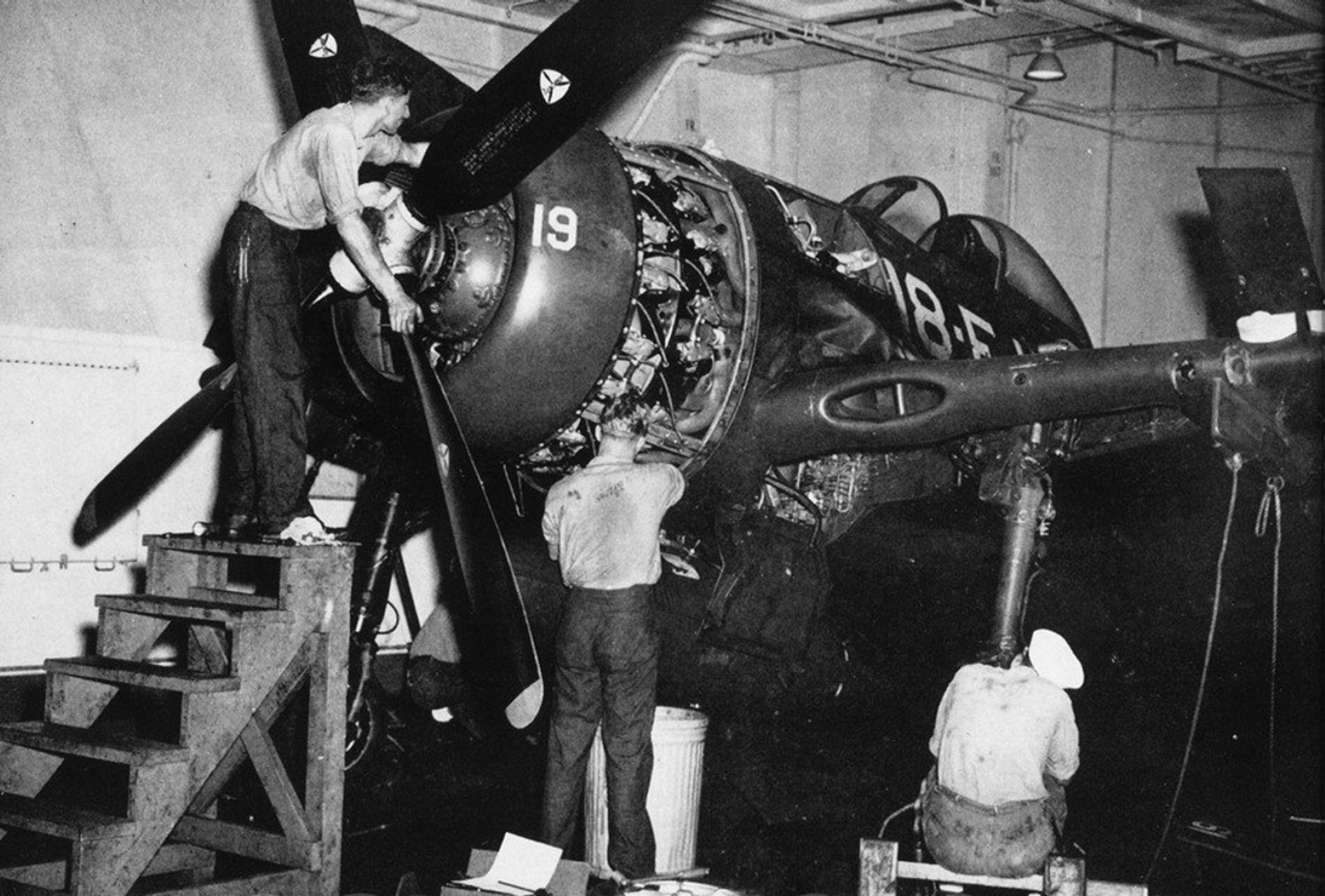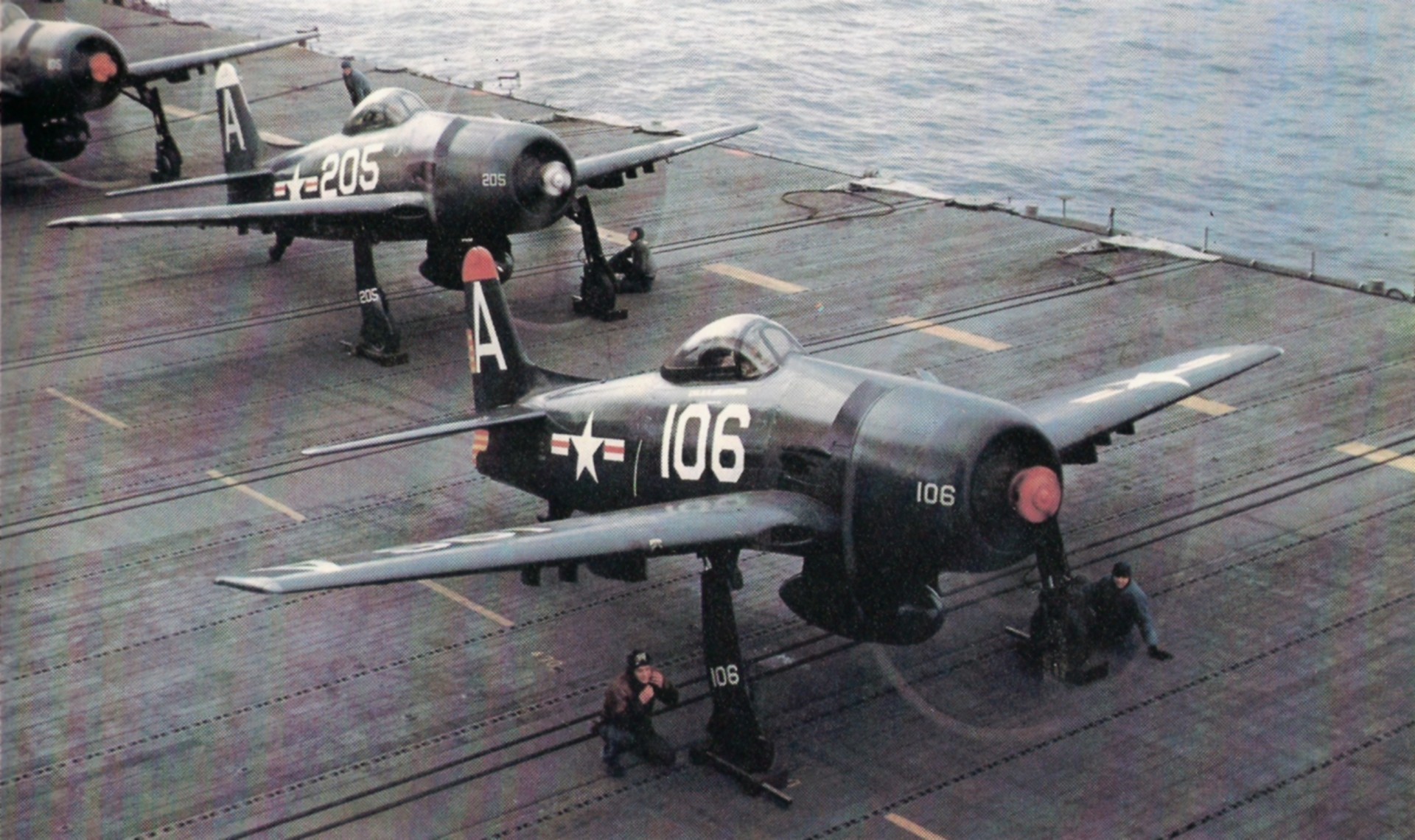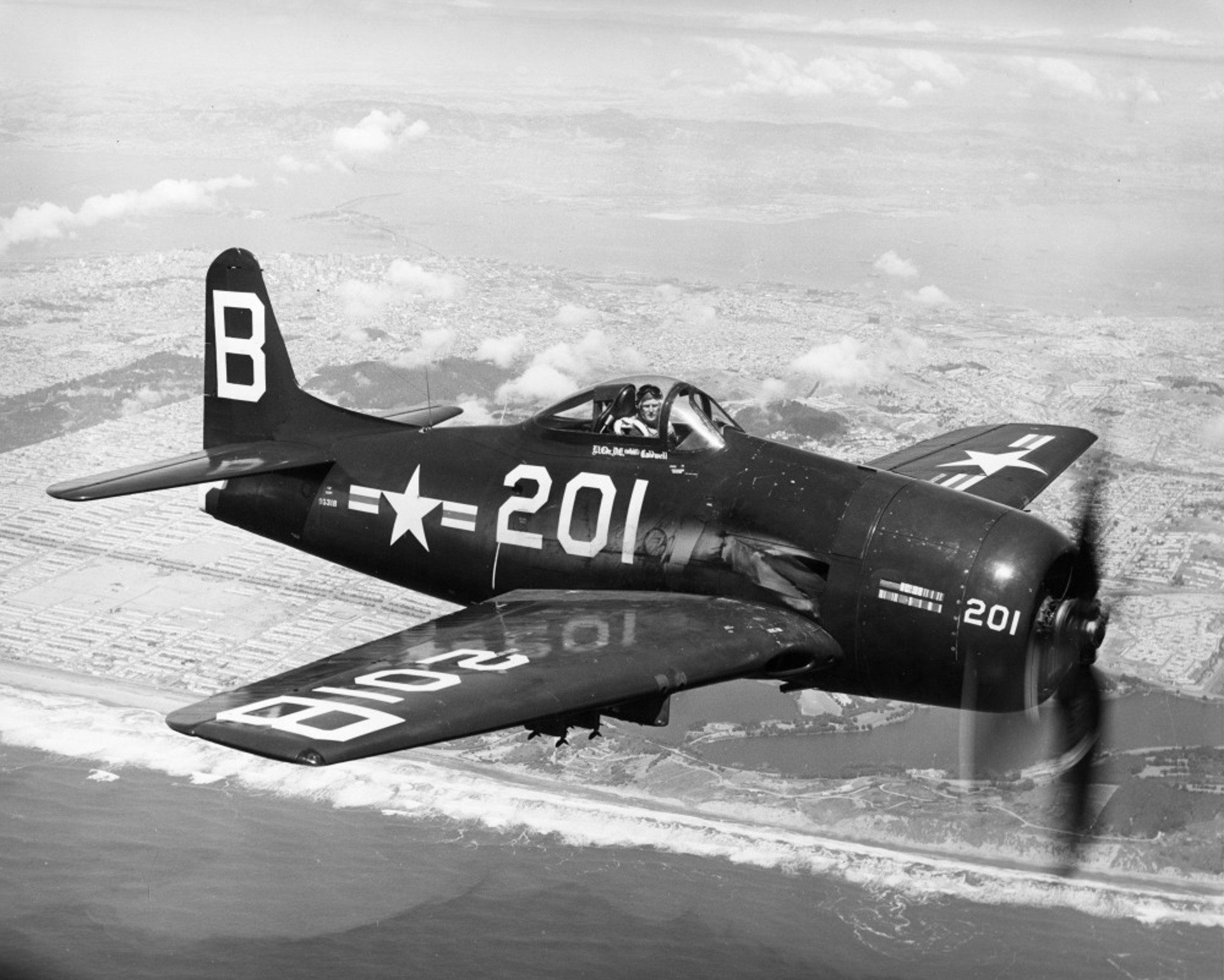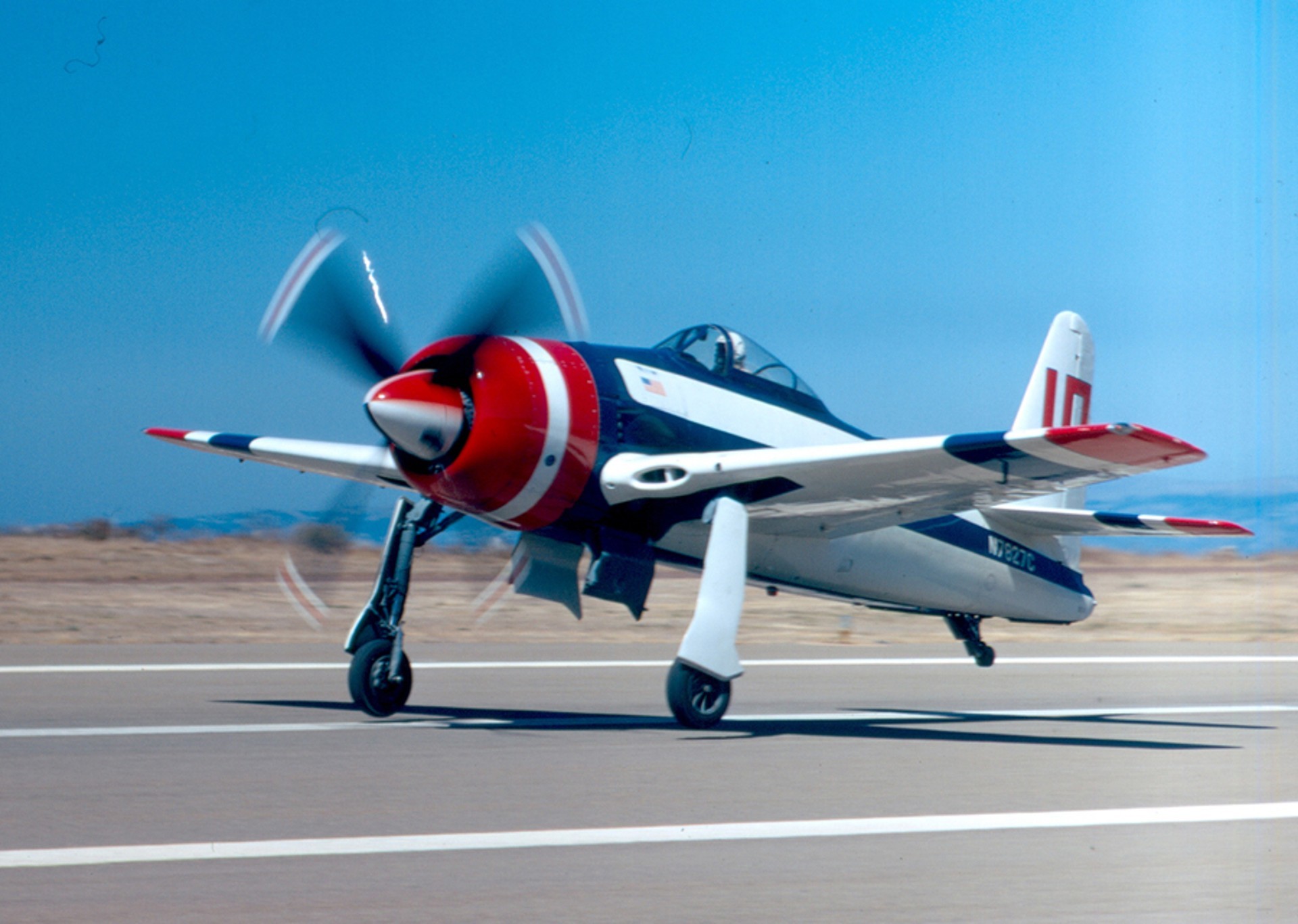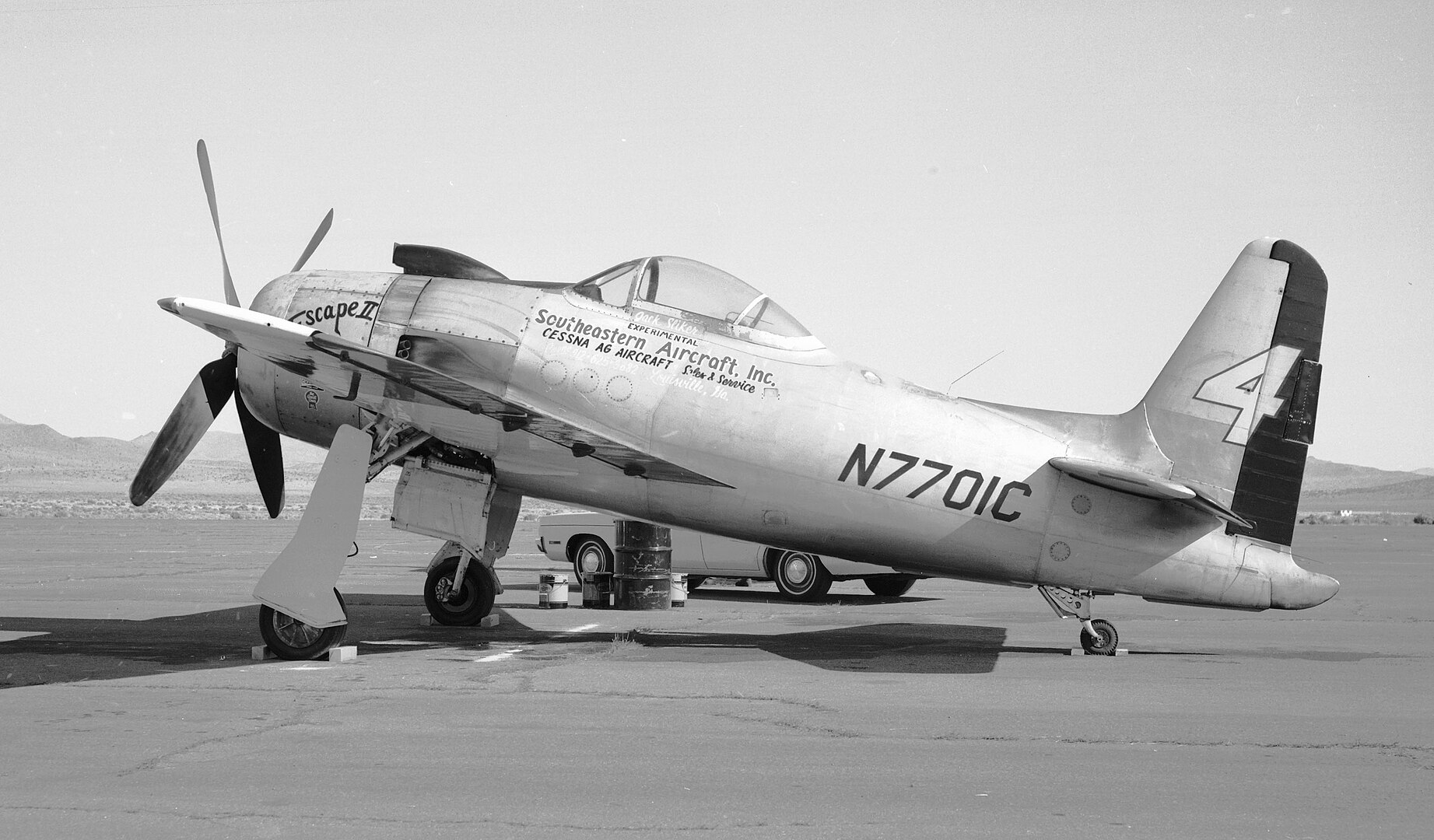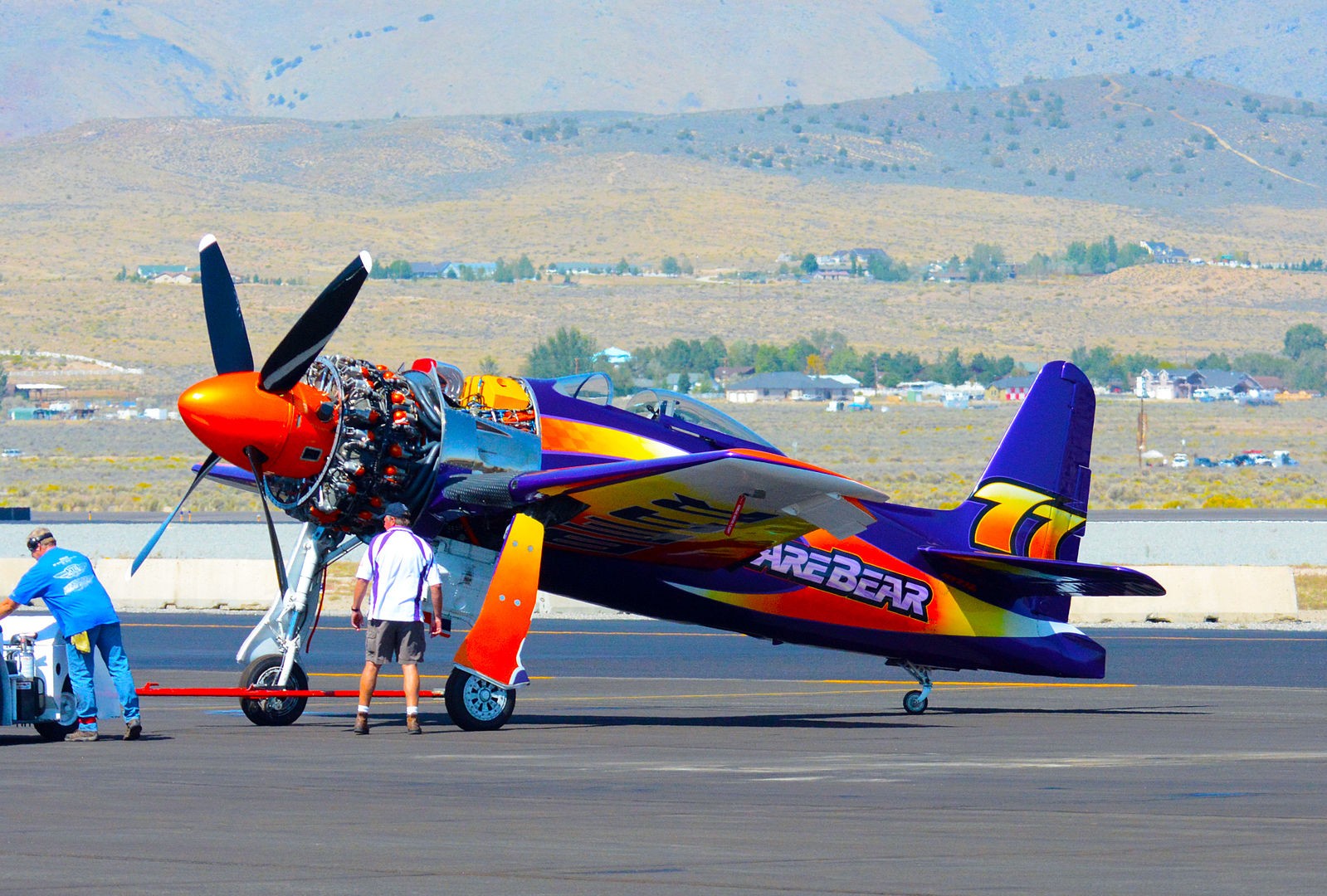Colin Chapman, the founder of Lotus, once famously said that the best way to make a vehicle faster is to “simplify and add lightness.” While this philosophy holds true for sports cars and race cars, it is equally applicable, if not more so, to the world of aviation, especially when it comes to airplanes. In the vast three-dimensional realm of the skies, every ounce counts, and this principle is even more critical than it is in the world of automobiles. A perfect embodiment of this philosophy can be found in the remarkable story of the Grumman F8F Bearcat, a World War II-era carrier fighter that was made lighter, faster, and better.
To fully appreciate the Bearcat’s story, it’s essential to understand the background of its manufacturer, Grumman Aerospace. Founded in 1929 by Leroy Grumman in Baldwin, Long Island, New York, the company later moved to Bethpage, New York, in 1937, where it would establish its permanent headquarters. Grumman Aerospace primarily focused on meeting the U.S. Navy’s increasing demand for piston-engine fighters for its expanding fleet of aircraft carriers. The journey began with the FF biplane, affectionately known as the “Fifi,” which was the first American-built aircraft with retractable landing gear.
This lineage of biplanes reached its pinnacle with the F3F, the last biplane ever to serve in the U.S. Navy’s carrier operations. From the F3F’s legacy emerged Grumman’s legendary “big cat” line of carrier-based fighters, starting with the iconic F4F Wildcat. The Wildcat boasted advanced features such as self-sealing fuel tanks and a reliable Pratt & Whitney R-1830 radial engine. Despite its strengths, the Wildcat’s considerable weight and underpowered engine made it a challenging adversary in dogfights against the nimble Japanese Mitsubishi A6M Zero.
Many Wildcat pilots fell victim to the Zero’s tactics, which involved luring the American planes into steep climbs that the chunky Wildcat couldn’t sustain. This resulted in stalls at the peak of the climb and left the Wildcat vulnerable. Something drastic needed to be done to address this issue, leading to the development of a completely new fighter aircraft. In 1943, the F6F Hellcat was introduced, featuring a larger size and a much more powerful Pratt & Whitney R-2800 Double Wasp engine. The Hellcat turned the tables on Zero pilots, nullifying their advantages and making Wildcats a more formidable opponent.
While the Hellcat was highly effective, Grumman engineers believed that they could extract even more performance from its design. Years before Colin Chapman made “simplify and add lightness” famous, Grumman decided to apply this principle to the iconic Hellcat. Legend has it that after the Battle of Midway in 1942, a group of Wildcat pilots met with Grumman’s Vice President, Jake Swirbul, in Pearl Harbor. At this meeting, the need for a smaller, powerful fighter capable of taking off from escort carriers was identified as a secondary requirement. Emphasizing a high horsepower-to-weight ratio, they conceptualized a new fighter project internally known as the G-58, later named the Bearcat.
The simplest and most cost-effective approach was to downsize the Hellcat’s basic architecture significantly. The Bearcat became notably smaller than the F6F, with a reduced length of up to 5 feet and a wingspan 7 feet narrower. Consequently, the Bearcat was almost a full ton lighter than the Hellcat. Additional weight-saving measures included equipping the Bearcat with four 50-caliber M2 Browning machine guns instead of the Hellcat’s six guns and carrying a lighter fuel load. Overall, the Bearcat was 20 percent lighter than the Hellcat and approximately 50 mph faster.
On August 21st, 1944, the first prototype XF8F-1 Bearcat took flight over Long Island. In nearly all aspects of flight, the XF8F-1 was a joy to handle. Its climbing abilities surpassed even the German Bf-109K and late-model A6M Zero, not to mention American planes like the Hellcats and Corsairs. In terms of maneuverability, the Bearcat felt like a sports car in the sky. Its rapid roll rate and combat flaps made it unrivaled among carrier-based prop fighters.
In general, Navy fighters during World War II were not as heavily armed as their land-based counterparts, owing to the sturdier airframes required for carrier landings at sea. However, the Bearcat shattered this stereotype. This was underscored when a Bearcat set a time-to-climb record, reaching 10,000 feet in an astonishing 94 seconds.
On paper, Grumman appeared to have a fighter capable of taking on the air forces of both Japan and Germany simultaneously, provided a sufficient number could be produced. In terms of raw performance, the only naval piston fighter that came close to the Bearcat was the British Hawker Sea Fury. These two planes often top lists of the best piston-engine fighters in history.
However, there was a small problem. By the time the Bearcat was ready for deployment on May 21st, 1945, Germany had already surrendered to the Allies two weeks earlier, with Japan following suit in September of that year. Unfortunately, this meant that the Bearcat missed World War II entirely.
Despite the missed opportunity for combat, the Bearcat left a significant mark in the world of aviation. A U.S. Navy order for over 2,000 Bearcats led to the production of only 770 airframes. Even replacing the Bearcat’s Browning machine guns with U.S. copies of Hispano Suiza HS.404 autocannons in the F8F-1B variant didn’t generate much interest.
The Bearcat’s moment of glory in U.S. Navy service came not in combat but with the Blue Angels aerial acrobatic squadron. Around 200 Bearcats were transferred to the French Air Force in 1951 for use in the French Indochina War, where they saw limited combat. A few more were supplied to Thailand in 1949.
Today, the Bearcat is best known for its participation in air races around the world. Notably, a modified Bearcat airframe equipped with a massive Wright R-3350 Duplex Cyclone engine, known as the “Rare Bear,” is often hailed as the most famous air racer globally. While it may not have shot down a single Japanese or German aircraft, its accomplishments in air racing make it hard to dismiss the Bearcat as a mere footnote in history. In fact, it stands as one of the most significant piston-engine fighters of the 20th century.

